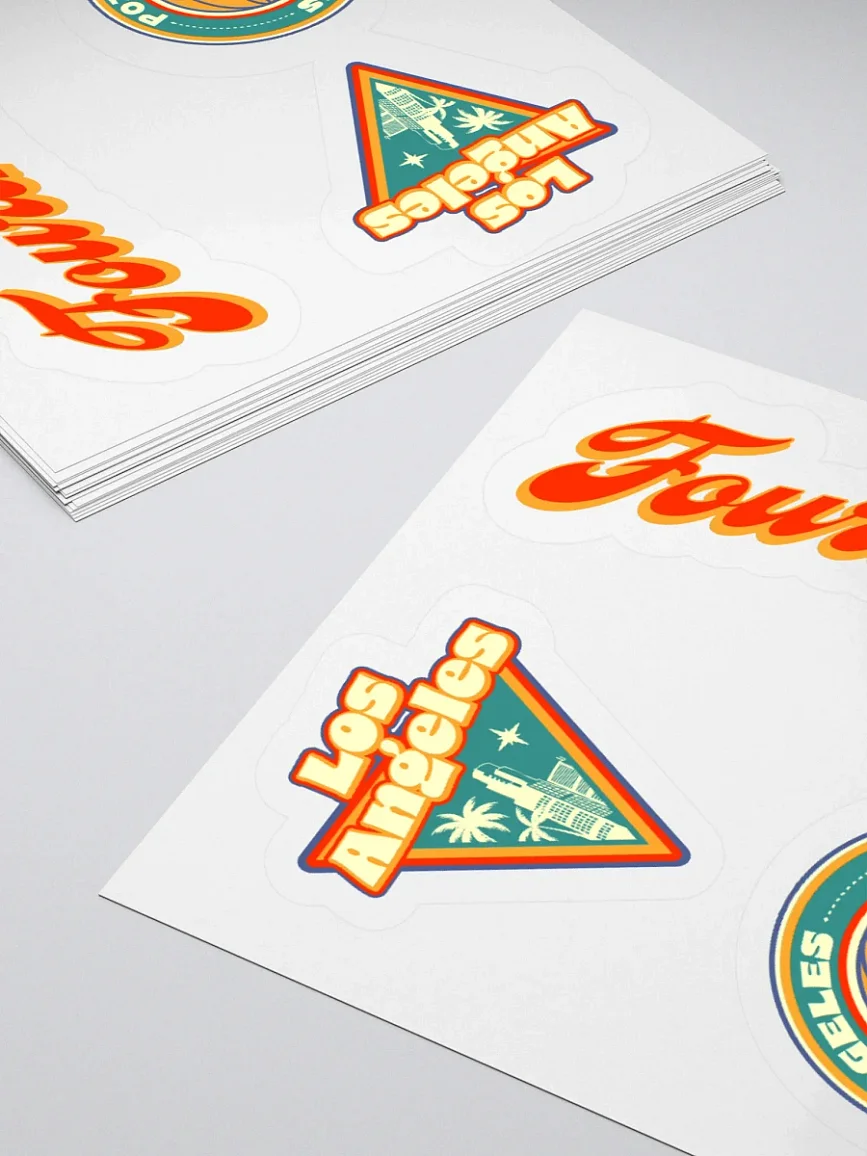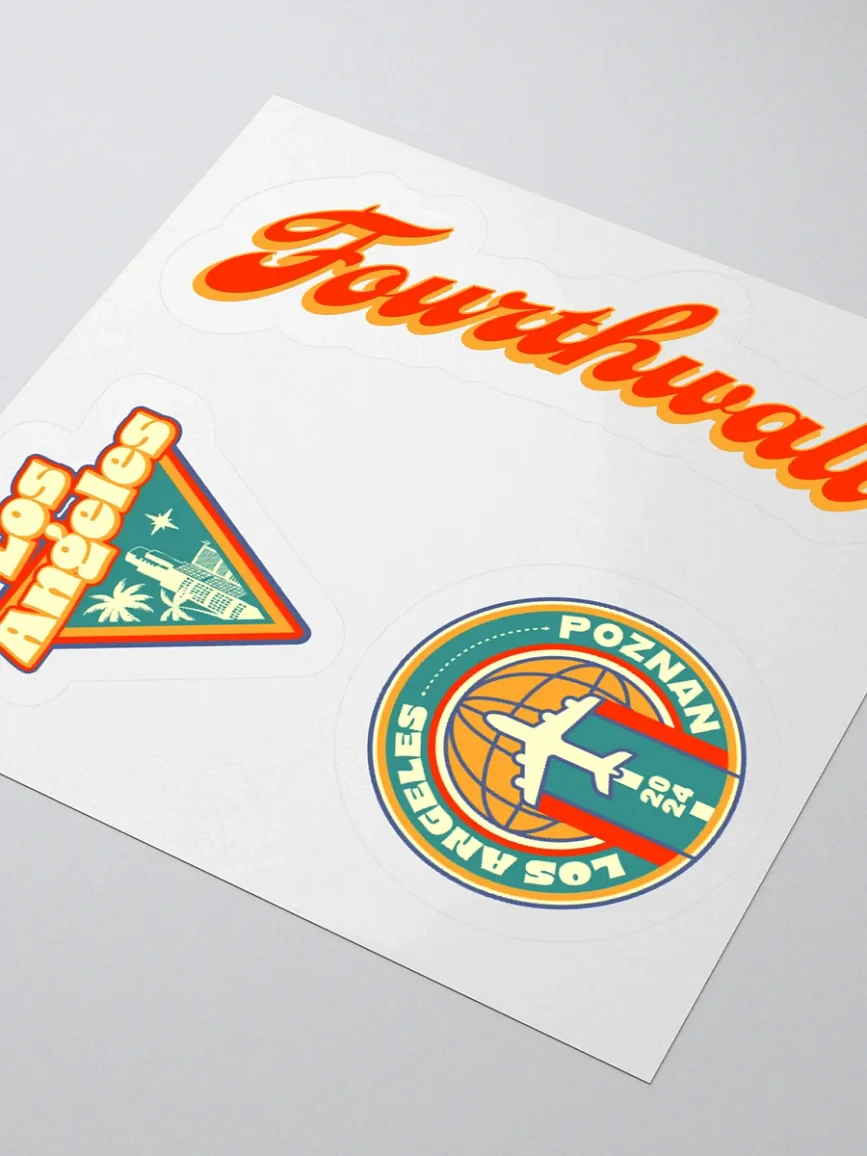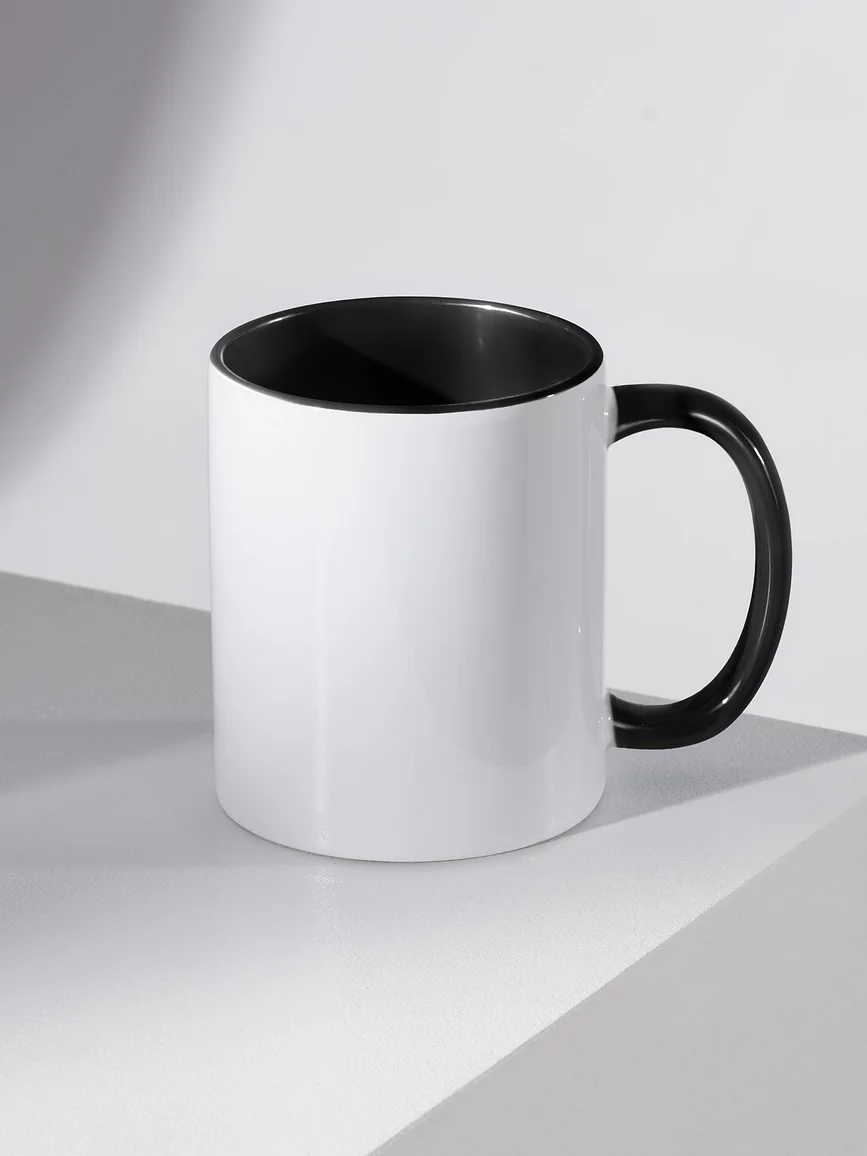How Much Does Printify Charge to Sell? A 2025 Guide

Printify is a leading print-on-demand (POD) platform that empowers content creators and entrepreneurs to sell custom merchandise without managing inventory or logistics.
Its extensive catalog, competitive pricing, and seamless integration with ecommerce platforms like Shopify, Etsy, and WooCommerce make it a go-to choice for creators looking to monetize their audience.
However, understanding Printify’s costs is essential to setting realistic expectations, maintaining healthy profit margins, and optimizing your pricing strategy.
This guide breaks down everything you need to know about Printify’s pricing, including shipping fees, subscription plans, and tips for reducing costs while maximizing profitability.
Why Understanding Printify Costs Is Crucial for Your Business
To build a sustainable print-on-demand business, you need to know exactly how much Printify charges per product, shipping, and transaction. Here’s why:
Profit Margins
Understanding your expenses allows you to price products competitively while ensuring you generate a profit. Factoring in Printify’s costs helps you determine how much to charge customers while maintaining a sustainable margin.
Transparent Budgeting
Knowing your costs upfront ensures there are no surprises when fulfilling orders. This is particularly important when calculating shipping fees, platform transaction costs, and potential premium plan expenses.
Scalable Business Model
By clearly understanding Printify’s pricing structure, you can determine when to scale your business, expand your product offerings, or upgrade to a premium plan for greater discounts and profitability.
Optimized Pricing Strategies
A deep understanding of Printify’s costs allows you to set prices that cover fees, platform charges, and desired profit margins while remaining attractive to your audience.
Printify’s Pricing Breakdown

When using Printify, you’ll encounter various types of costs that impact your bottom line. Here’s a breakdown of the primary expenses you need to consider:
1. Base Product Costs
Each product in Printify’s catalog has a base price that varies by supplier, quality, and type of item. For example:
- A basic t-shirt may cost around $8-$12
- Hoodies can range from $20-$35
- Mugs typically cost $5-$10
Since Printify works with multiple print providers, prices may vary between suppliers. Therefore, it’s important to choose the best balance of cost and quality.
2. Shipping Costs
Shipping fees depend on the product, supplier location, and customer destination. Some factors influencing shipping include:
- Domestic vs. International Rates: Printify’s U.S.-based suppliers typically charge between $3-$8 for shipping, depending on the product and item amount, while international suppliers can charge between $7-$5.
- Weight-Based Fees: Larger and heavier items like hoodies and blankets have higher shipping costs compared to smaller items like stickers or phone cases.
- Multiple Item Discounts: Some suppliers offer reduced shipping fees for multiple items in a single order.
3. Customization and Printing Fees
Certain design enhancements, such as all-over sublimation printing or high-end embroidery, may come with additional charges.
It’s crucial to factor these costs into your pricing strategy to avoid unexpected expenses.
4. Printify Subscription Plans
Printify offers three pricing tiers to accommodate different business needs:
Free Plan
- Cost: $0/month
- Features: Access to all products and suppliers, manual order fulfillment, and integrations with Shopify, Etsy, and WooCommerce.
- Best For: Beginners testing the print-on-demand model.
Premium Plan
- Cost: $29/month (or $24.99/month billed annually)
- Features: Up to 20% discounts on product costs, unlimited store integrations, and faster fulfillment.
- Best For: Sellers making consistent sales who want to maximize profit margins.
Enterprise Plan
- Cost: Custom pricing
- Features: Bulk discounts, dedicated support, API integration, and advanced order management tools.
- Best For: Large-scale businesses processing thousands of orders per month.
Comparing Printify Fees to Competitors
Printify vs. Printful
- Printify: Due to multiple suppliers, Printify offers lower base product costs, making it ideal for cost-conscious sellers who want flexibility in choosing providers based on price and location. However, since Printify relies on third-party fulfillment partners, product quality and shipping speed may vary between suppliers.
- Printful: Provides higher-quality prints and in-house fulfillment, ensuring greater consistency in product quality and delivery times. However, it also has a higher cost, as its base product prices and shipping fees are generally higher than Printify’s. Printful also charges additional fees for branding options such as inside labels and custom packaging.
Printify vs. Redbubble
- Printify: Allows you to control your pricing and branding, making it ideal for sellers who want full creative and financial control over their business. You can integrate Printify with Shopify, Etsy, and other platforms to sell under your brand.
- Redbubble: Operates as a fully automated marketplace where sellers simply upload designs, and Redbubble handles the rest, including pricing, production, and customer service. However, profit margins are lower because Redbubble sets base prices and takes a significant cut from each sale. It’s a good option for passive income but offers less control over branding and pricing.
Printify vs. Teespring (Spring)
- Printify: Provides greater customization options, pricing control, and ecommerce integrations, making it ideal for serious sellers looking to build their own brand. You can connect Printify to multiple selling platforms and manage your business independently.
- Teespring (Spring): Offers a simpler setup process with built-in audience discovery tools. It’s a good choice for beginners who want to sell merchandise without managing an ecommerce store. However, Spring limits pricing flexibility and branding options, as all orders are fulfilled within its ecosystem, giving sellers less control over profit margins and store customization.
Tips to Reduce Printify Costs
- Upgrade to Premium: Unlock up to 20% discounts on products to increase profit margins.
- Optimize Shipping: Choose suppliers closer to your target audience to save on shipping costs.
- Order Samples: Test products before listing them in your store to ensure quality and minimize refunds.
- Bundle Products: Selling multiple products per order helps offset shipping fees.
- Use Free Design Tools: Printify's mockup generator allows you to create product previews without extra software costs.
Boost Your Print-on-Demand Business with Fourthwall

If you're looking for a print-on-demand platform that goes beyond Printify, Fourthwall is the ultimate solution for content creators who want full control over their brand, audience engagement, and monetization.
Why Fourthwall Is a Better Choice Than Printify
- Customizable Storefronts: Unlike Printify, Fourthwall allows creators to build fully branded online shops with personalized domains, custom layouts, and premium design features to enhance customer experience.
- Engagement & Membership Tools: Fourthwall integrates seamlessly with memberships, donations, and exclusive content, enabling creators to monetize beyond just selling merch.
- Built-in Marketing Features: Includes custom promotional emails, discounts, and integrated analytics—something Printify lacks.
- Professional Mockups: Fourthwall's advanced rendering technology generates high-quality, photorealistic product images, allowing creators to showcase their designs with stunning visual accuracy.
- Printify Integration: Connect your Printify catalog directly to Fourthwall while also gaining access to exclusive Fourthwall suppliers and products.
- Better Profit Margins: Fourthwall reduces transaction fees, offers advanced pricing options, and provides more transparent cost structures than Printify.
Take your print-on-demand business to the next level with Fourthwall—where branding, engagement, and profitability come together in one powerful platform.
Sign up today and get ready to turn your passion into profit!
Frequently Asked Questions
How much does Printify charge per sale?
Printify costs include base product prices, shipping costs, and any applicable subscription fees.
The total cost varies depending on the product and print provider chosen, as well as factors like shipping destination and fulfillment speed.
Sellers must calculate profit margins carefully to set a competitive retail price while covering production costs.
Using a profit margin calculator can help merchants determine the best pricing strategies for their print-on-demand business.
Is the Printify Premium Plan worth it?
Yes, the Printify Premium Plan is a great investment for sellers who generate regular sales and want to increase profitability.
The plan provides up to 20% discounts on custom products, reducing overall production costs and improving profit margins.
This is especially beneficial for high-volume shirt business owners looking for low-cost options.
For merchants running a growing ecommerce business, the plan price can be justified by the increased profitability and competitive pricing strategies it enables.
Can I use Printify with Etsy and Shopify?
Absolutely! Printify integrates seamlessly with popular ecommerce platforms like Shopify and Etsy, allowing merchants to efficiently manage their store and streamline selling products.
By connecting a Shopify store, sellers can automate order fulfillment, track shipping times, and manage inventory effortlessly.
This business model enables merchants to focus on marketing and growing their brand while Printify handles print production and shipping costs.
For those also considering eBay, Printify can be integrated with various platforms to diversify income streams and meet the demand for personalized products.
















